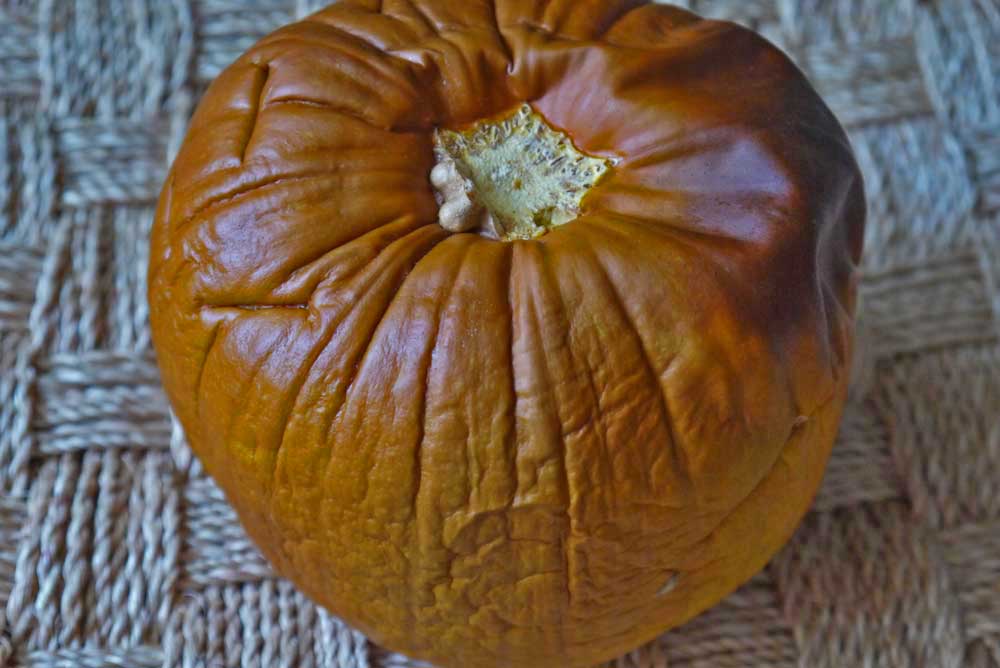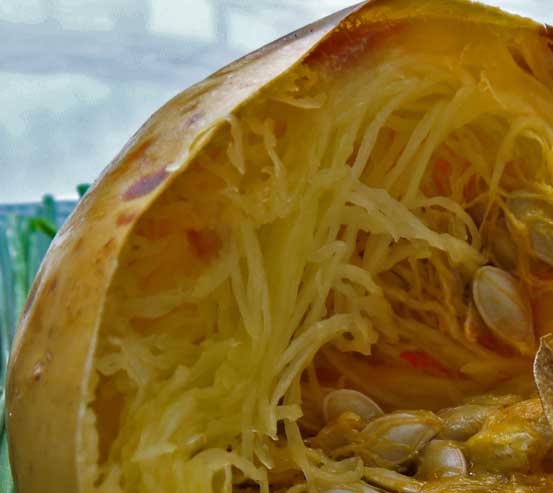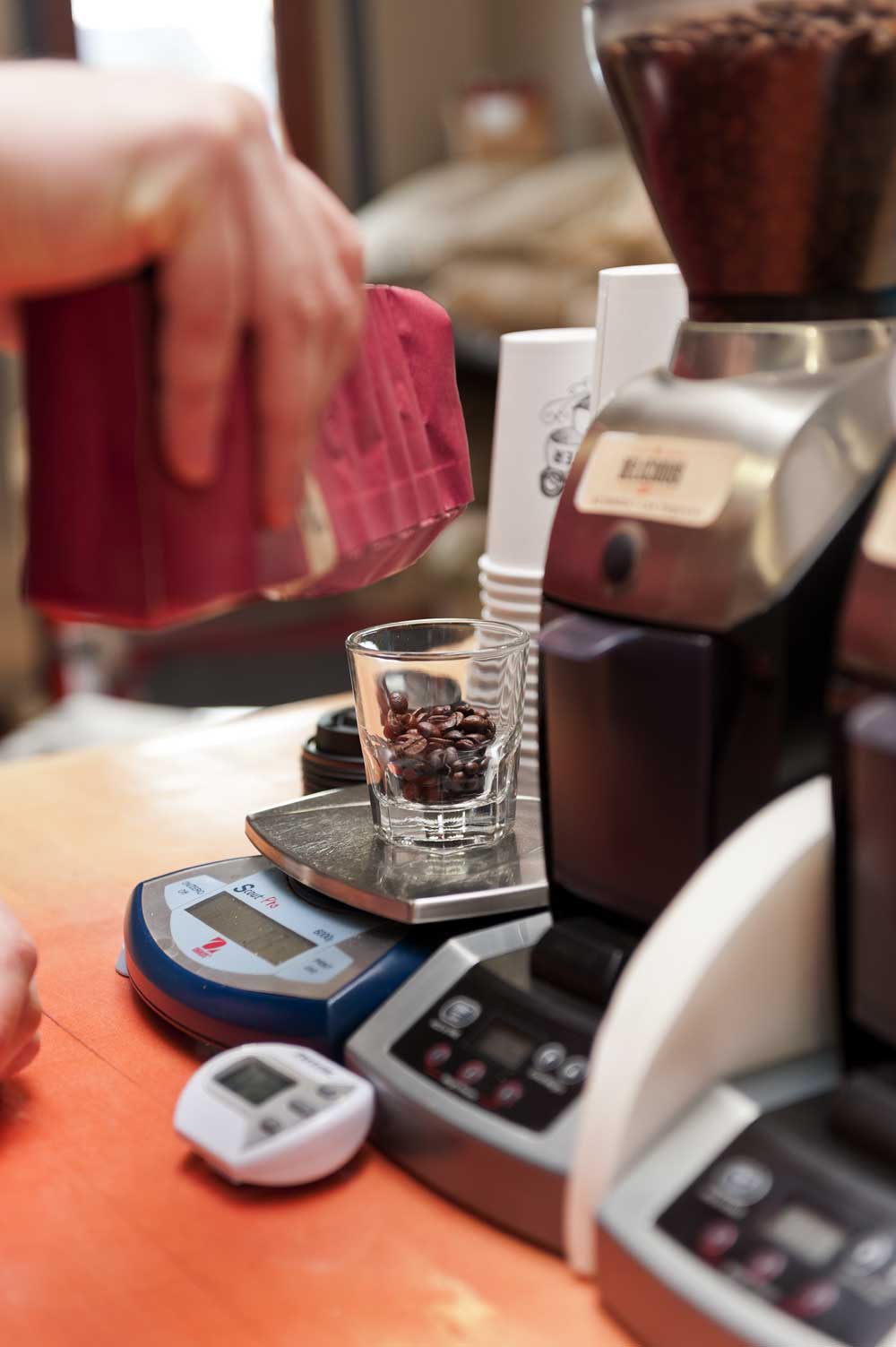Don't Let Your Vegetables Go Bad, Freeze 'Em for Bone Broths
 Monday, October 7, 2013 at 9:02AM
Monday, October 7, 2013 at 9:02AM Today's Tip Comes from a reader, Erin, who writes:
Quick tip: When my veggies in my fridge are just starting to "turn", I put them in the freezer until I'm ready to make a batch of broth. Then just put them frozen into the slow cooker with the bones. Makes for an easy, economical, way to add veggies to my broth.
This is a great tip for onion tops, too - you don't have to throw them away, just freeze them and toss them in your broth! Any veggie can be frozen for soup using your bone broth, too. Scoop out the broth from your slow cooker or pour from a mason jar in the refrigerator if you are storing the broth after it is done cooking. Heat up the soup and the frozen veggies in a separate pan and add herbs of choice and any extra meat.
Here's how to make bone broths:
Nourishing Bone Broth (Basic All Around Recipe for most bones)






